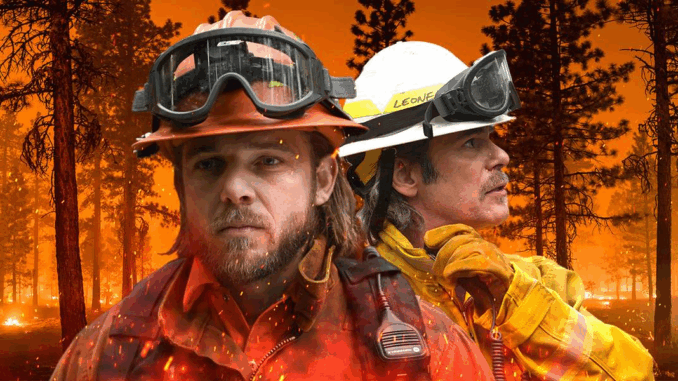
When the Flames Are Real
One of the most acclaimed aspects of Fire Country is its visceral, heart-pounding wildfire scenes. Unlike other TV dramas that rely almost entirely on green screens or CGI, Fire Country takes a daring approach: filming on-location with controlled burns and live pyrotechnics. This decision brings an unmatched realism—but also enormous technical and safety challenges.
According to showrunner Tia Napolitano, “We want audiences to feel the heat, the ash, the urgency. And you can’t fake that entirely in post-production.”
Partnerships with Cal Fire and First Responders
To pull this off, the Fire Country team works closely with Cal Fire consultants, who not only advise on script accuracy but also monitor safety during active shoots. The series even employs real firefighters and hotshot crews as extras, giving scenes a documentary-like texture.
During Season 3, a 10-minute fire rescue scene took six days to shoot, using over 40 controlled propane lines and real smoke dispersal systems. This scene was later praised by wildfire survivors for its authenticity.
“Watching that episode gave me flashbacks,” said one firefighter from Redding. “It was that real.”
Actors Under Pressure—And Protected

Actors including Max Thieriot, Jules Latimer, and Jordan Calloway undergo fire safety and survival training before shooting every season. In many scenes, they wear fire-retardant gear hidden beneath costume layers, and rehearsals are meticulously planned to avoid injury.
One major Season 2 scene—Bode carrying a civilian through burning brush—had to be repeated eight times for camera angles. Despite the heat, dust, and risk, Thieriot insisted on doing it himself.
“It wouldn’t feel real if I faked it,” he told TV Line. “And this show is about earning every second.”
Tech Meets Fire: Drone Cameras and Remote Setups
Season 4 introduces new tech innovations, including thermal drone cameras that capture fire spreads in real-time. These tools help directors plan shots that look natural while keeping cast and crew out of direct danger zones.
There’s also a growing reliance on LED volume stages (like those used in The Mandalorian) for scenes where geography would be too hazardous. The fusion of real and digital fire, when done right, creates tension that audiences can feel in their bones.
Conclusion: When Storytelling Burns Bright
Fire Country refuses to take shortcuts when it comes to fire realism. That commitment doesn’t just serve action—it serves truth. Every ember, every flicker of smoke, reinforces the stakes for characters and viewers alike. In a world where TV often feels staged, Fire Country dares to burn close enough to blister—and that’s what sets it apart.
